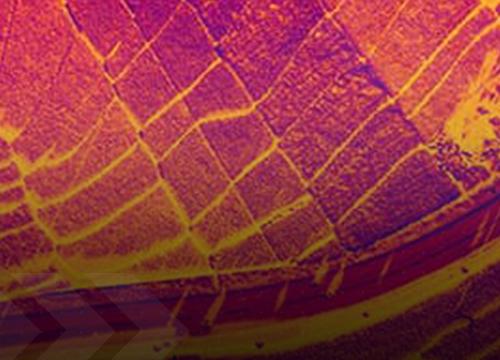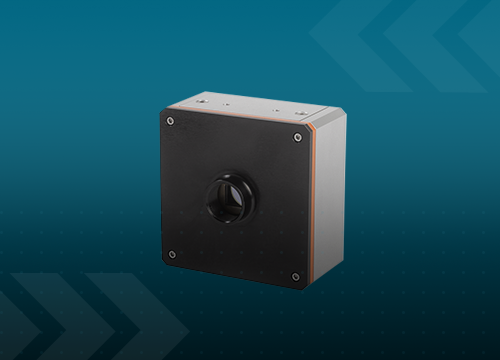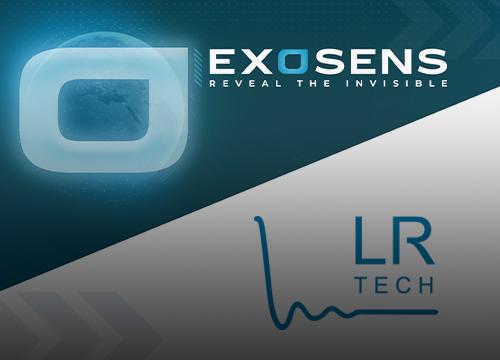
Nov 06th 2024
Infrared technology
Infrared imaging and camera systems lead to innovative and powerful solutions.

Nov 06th 2024
Infrared imaging and camera systems lead to innovative and powerful solutions.

Oct 28th 2024
Exosens today announces its revenue and adjusted gross margin for the nine-month period ended 30 September 2024.

Oct 22nd 2024
Exosens announces agreement to acquire NVLS (Night Vision Laser Spain), specialist in night vision equipment

Oct 11th 2024
Exosens’ subsidiary Photonis wins key role in UK MoD’s Talon fused weapon sight contract

Sep 26th 2024
Exosens invests £1m to propel space research and innovation for the Meteor programme in partnership with Leicester’s Space Park

Sep 12th 2024
Xenics expands its advanced imaging portfolio with launch of cheetah+ series

Sep 10th 2024
Exosens and Theon International frame their long-term commercial relationship to cover night vision devices business

Sep 03rd 2024
Exosens today announces its results for the half-year ended 30 June 2024.

Sep 02nd 2024
Exosens completes the acquisition of LR Tech, leader in spectroradiometer based solutions

Aug 01st 2024
Exosens announces the closing of the acquisition of UK-based Centronic, a specialist in radiation detectors and devices.
Stay connected
Stay informed and connected to the latest news from Exosens by signing up.